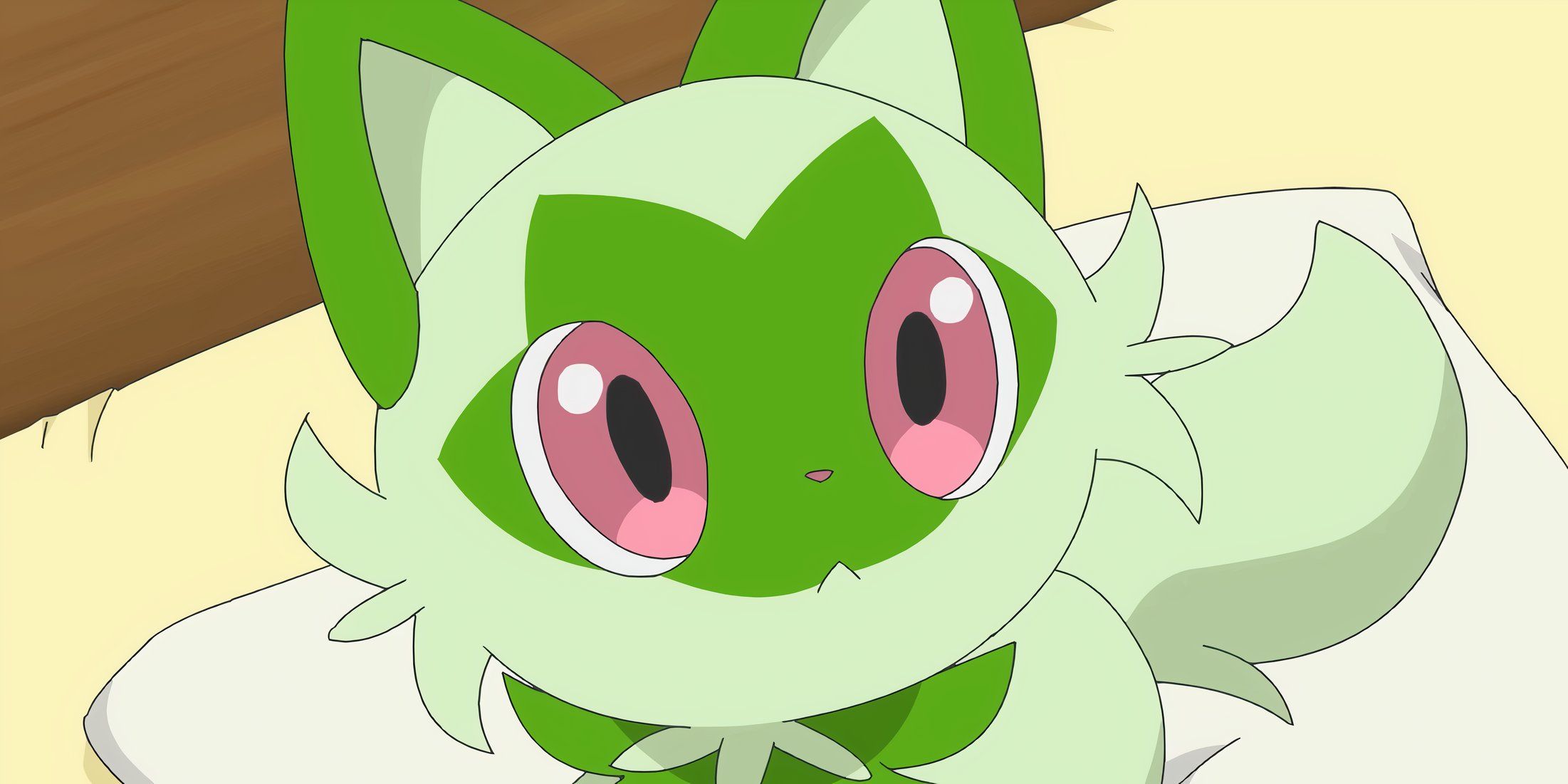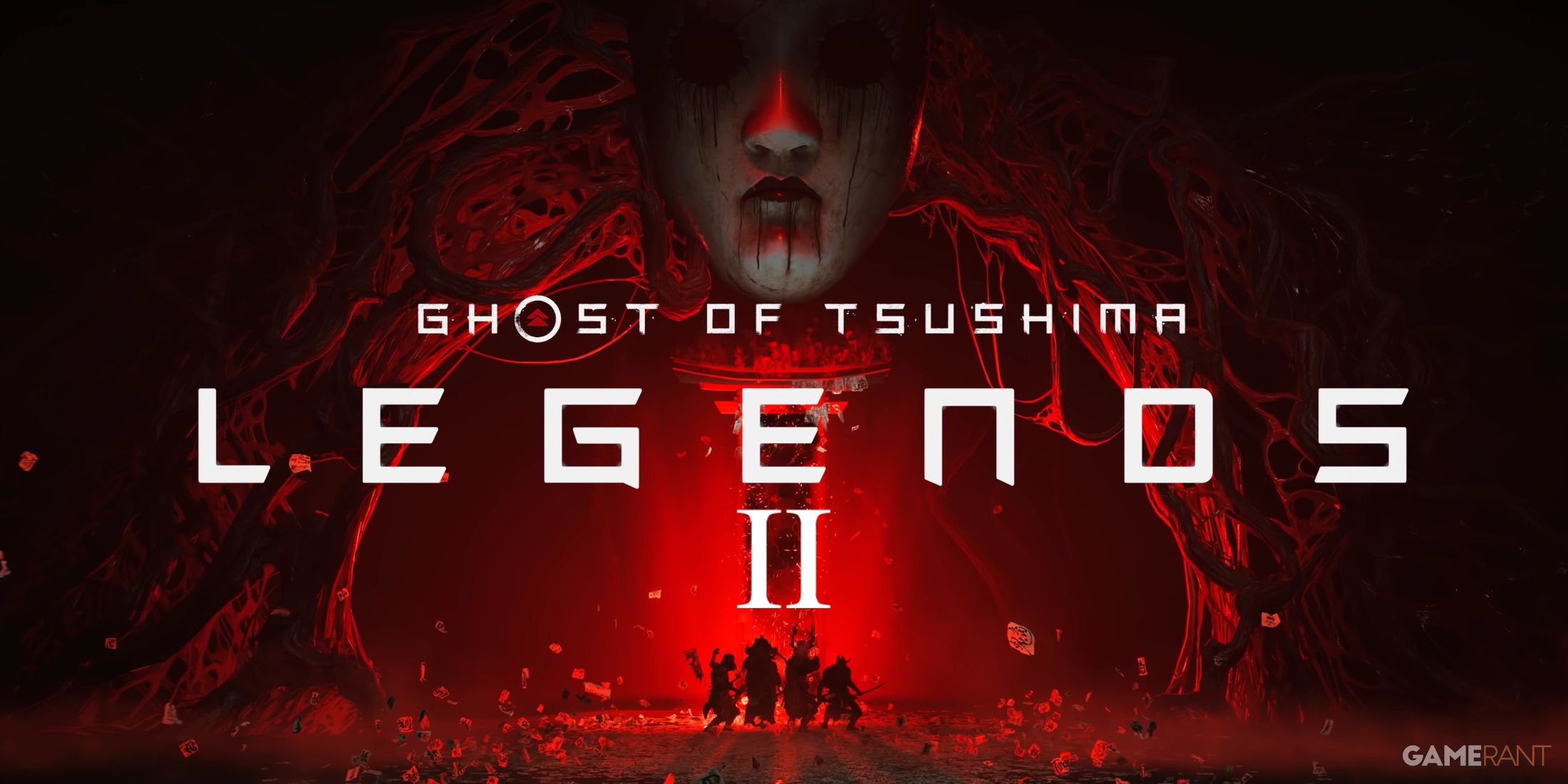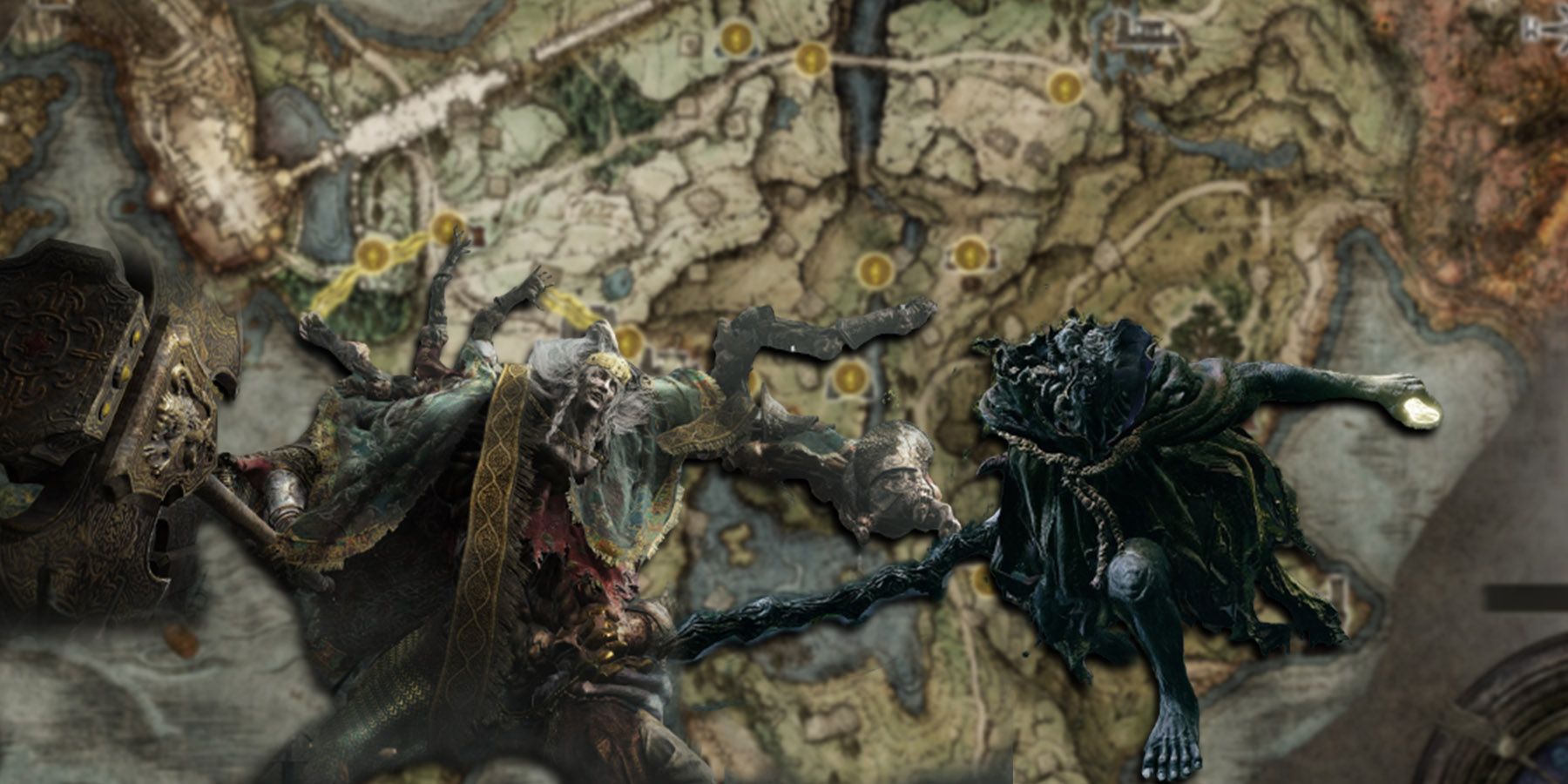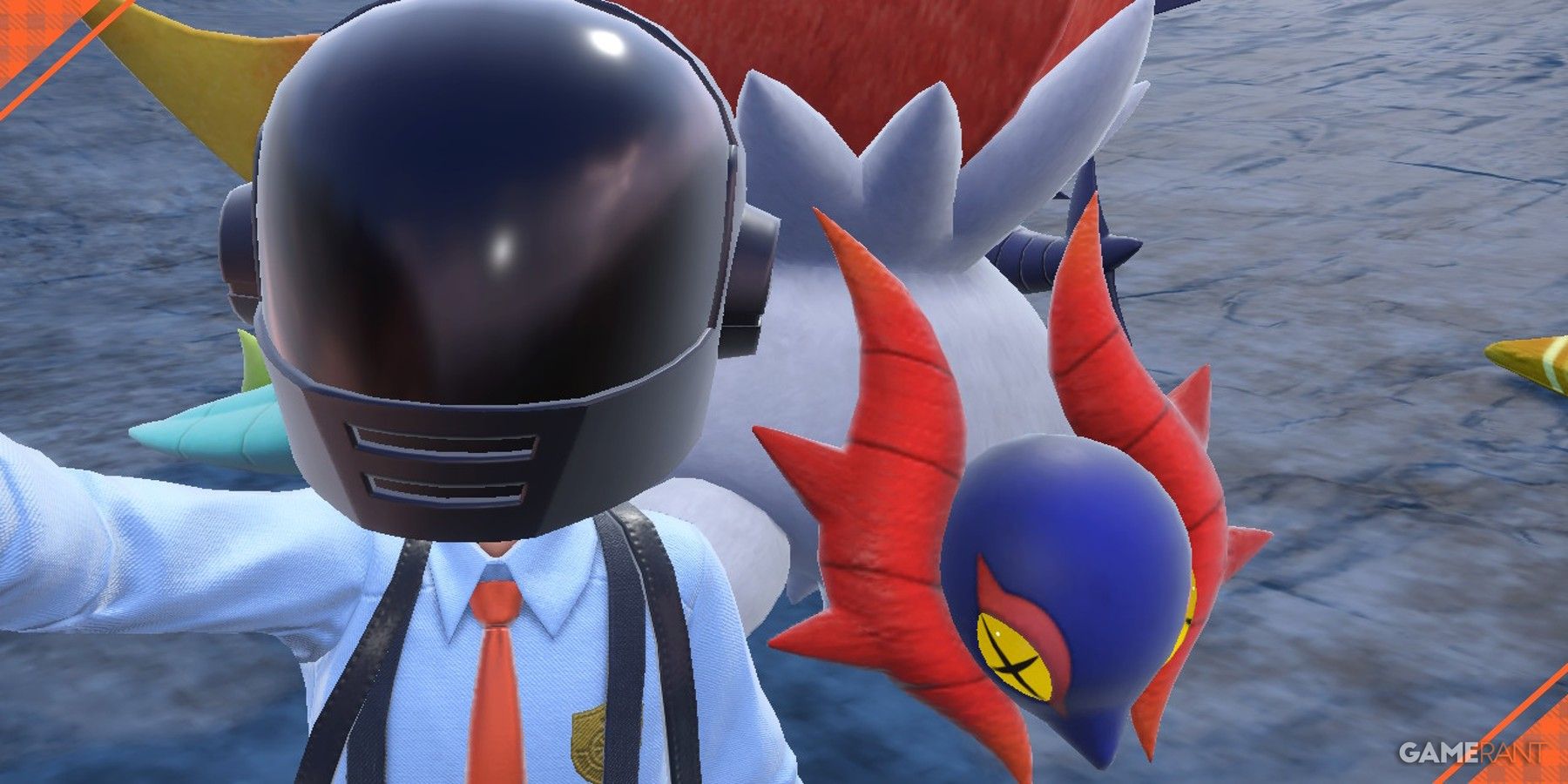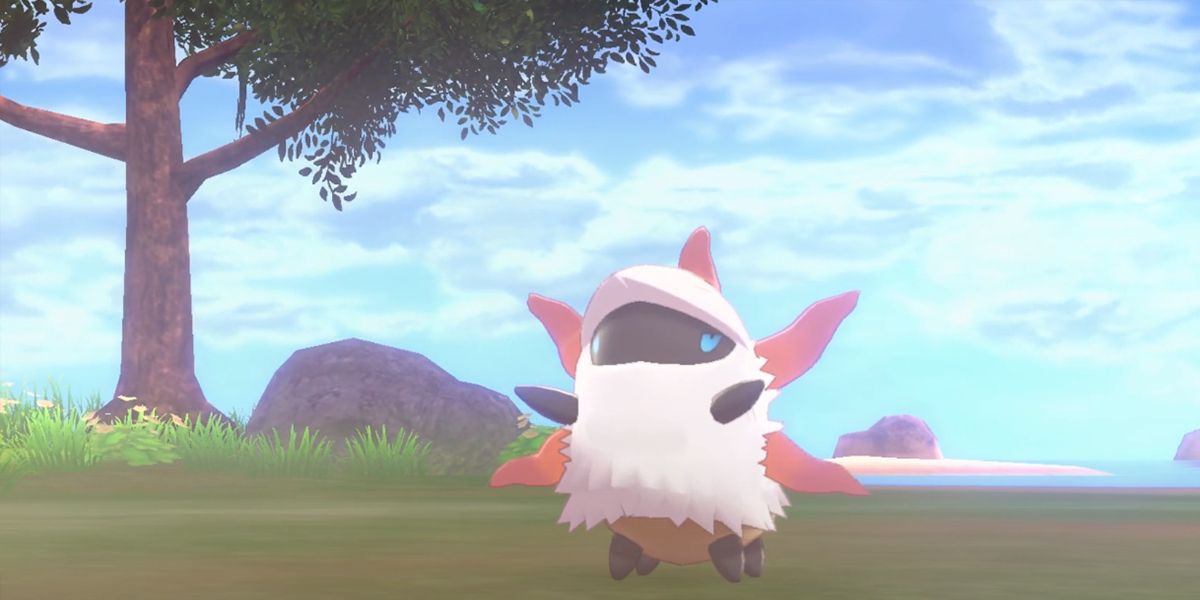Pokemon Scarlet and Violet's introduction of Paradox Pokemon has allowed some monsters to get much-needed attention through either a new past or future form. However, one creature that hit the jackpot and got two Paradoxes based on it in Pokemon Scarlet and Violet was Volcarona, getting Slither Wing in Scarlet and Iron Moth in Violet. While it seems odd that one monster would receive a new form in each game, it's clear that Slither Wing draws more inspiration from Volcarona's pre-evolution — Larvesta — leaving Iron Moth as a more obvious tribute to Volcarona itself.
Although both Paradox Pokemon are described as resembling Volcarona, there are some key differences between the two that make it clear Slither Wing takes more inspiration from Larvesta, while Iron Moth takes after Volcarona. Like with most mysteries in the Pokemon world, the wealth of knowledge that is the Pokedex can often shed some light on the subject of design origins. Despite its sparse information on Paradox Pokemon, the Dex has enough contained in entries for Larvesta and Volcarona to reveal some details surrounding Slither Wing's appearance.
Slither Wing's Design Shares More in Common with Larvesta than Volcarona
The biggest difference that sets Slither Wing apart from Volcarona is the fact that it does not fly, but rather can only move along the ground as its name implies. This is a trait it shares with Larvesta, which does not gain wings until it evolves into Volcarona. The horns on the sides of Slither Wing's head are also more spiny than the smooth ones of Volcarona, retaining another characteristic of Larvesta, which has five wavy horns that surround its head. Slither Wing's stronger legs are also more similar to Larvesta, as Volcarona's legs are much smaller and less necessary due to its ability to fly.
There is also the question of the Fire-typing shared by Larvesta and Volcarona, but not by Slither Wing. Its Bug/Fighting-typing makes sense, given Slither Wing is stuck on the ground, but its role as an ancestor of Larvesta means it must have obtained the Fire type at some point in its evolutionary past. Iron Moth shares Volcarona's Fire-typing, suggesting that some event formed a strong association between Larvesta, Volcarona, and the Fire type for future iterations of the Pokemon. The Pokedex alludes to tales that support this theory and suggest that the Larvesta of the modern day may not be the same as the one known by the people of Pokemon's ancient past.
Larvesta Was Feared in Ancient Times for Its Power
The Pokedex entry for Larvesta in Pokemon Scarlet tells of the moniker this creature was known by in ancient times: "the Larva that Stole the Sun." Entries in Pokemon Violet and Pokemon Sword mention that Larvesta was once worshiped and feared by ancient peoples who believed it was the emissary of the sun with the power to rain fire down upon them. It's hard to believe such a little bug like Larvesta could be so deadly and invoke such fear among the masses, unless the Larvesta of ancient times is not the same one of the modern Pokemon world.
Perhaps the Larvesta described in ancient stories is actually a Slither Wing—a much larger and more threatening ancestor of Larvesta. It would make sense that "the Larva that Stole the Sun" would be a Slither Wing that could have been granted the power of fire by a legendary Pokemon like Ho-Oh, causing its descendants to take on the appearance known today as Larvesta. If this were the case, it would explain why they share such similar design characteristics and why the Slither Wings of Pokemon Scarlet lacks the Fire-typing of Larvesta and Volcarona—they are simply Slither Wings that existed prior to the event that earned it the "the Larva that Stole the Sun" title.
Pokemon Scarlet and Violet are available now for Nintendo Switch.

